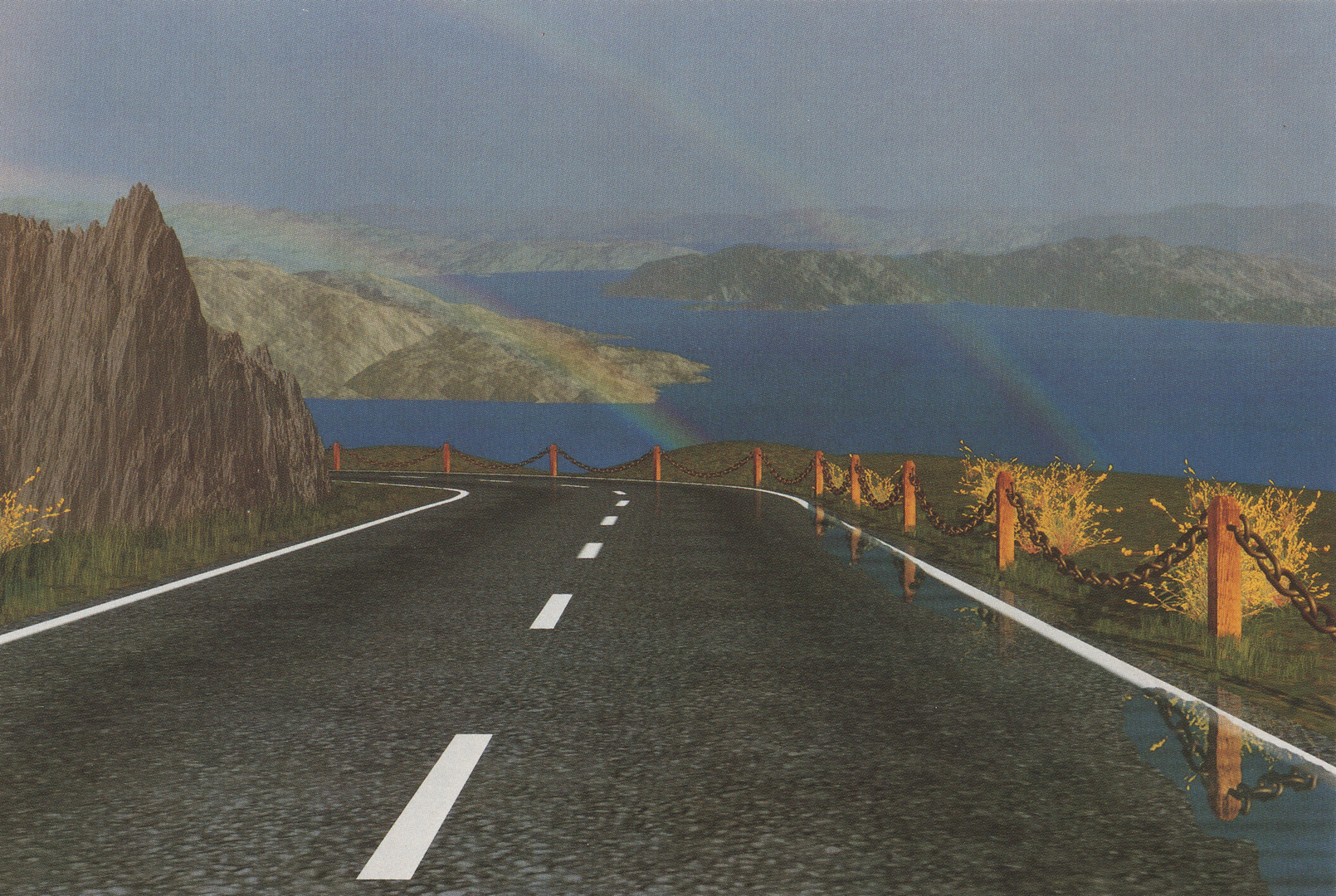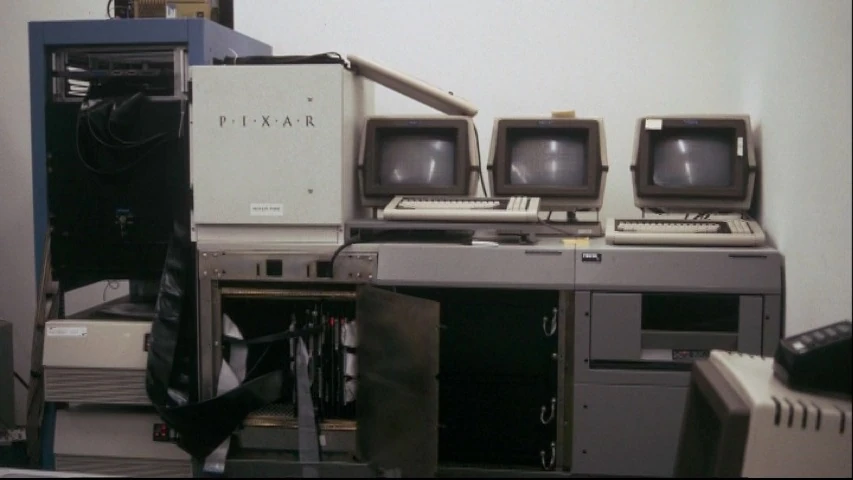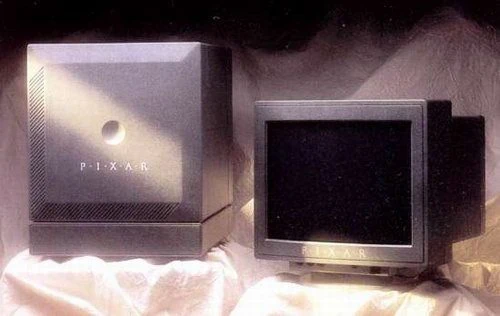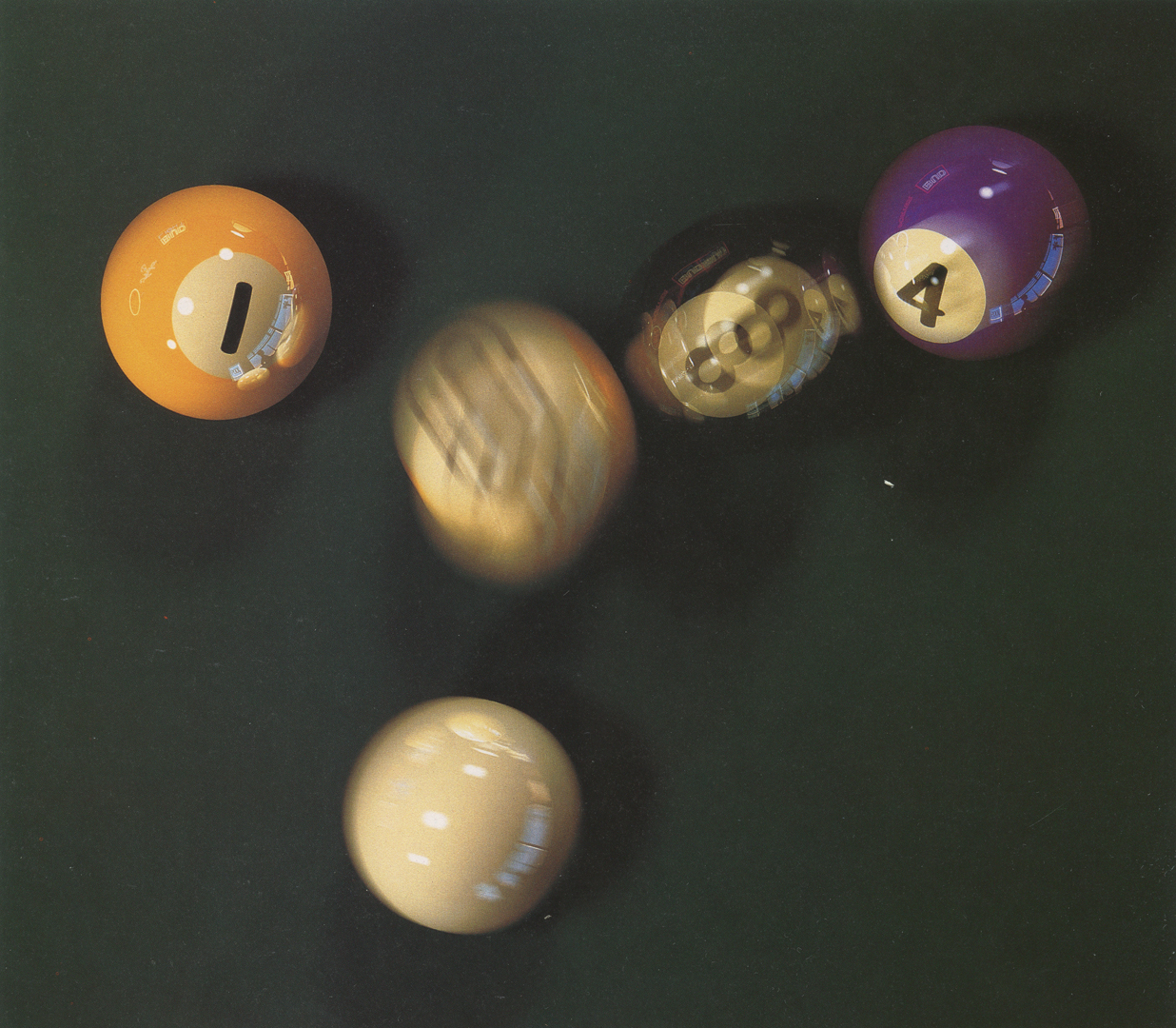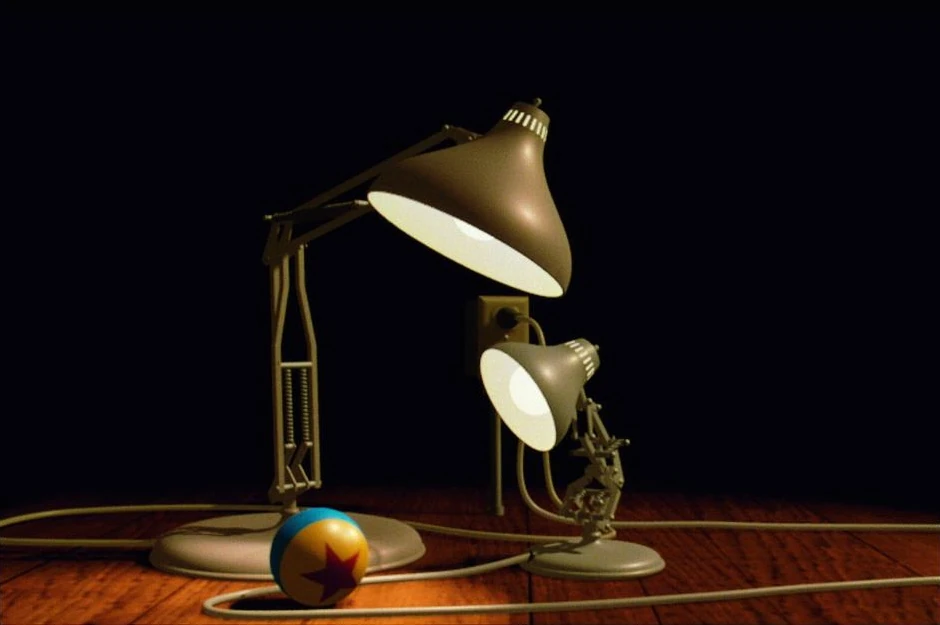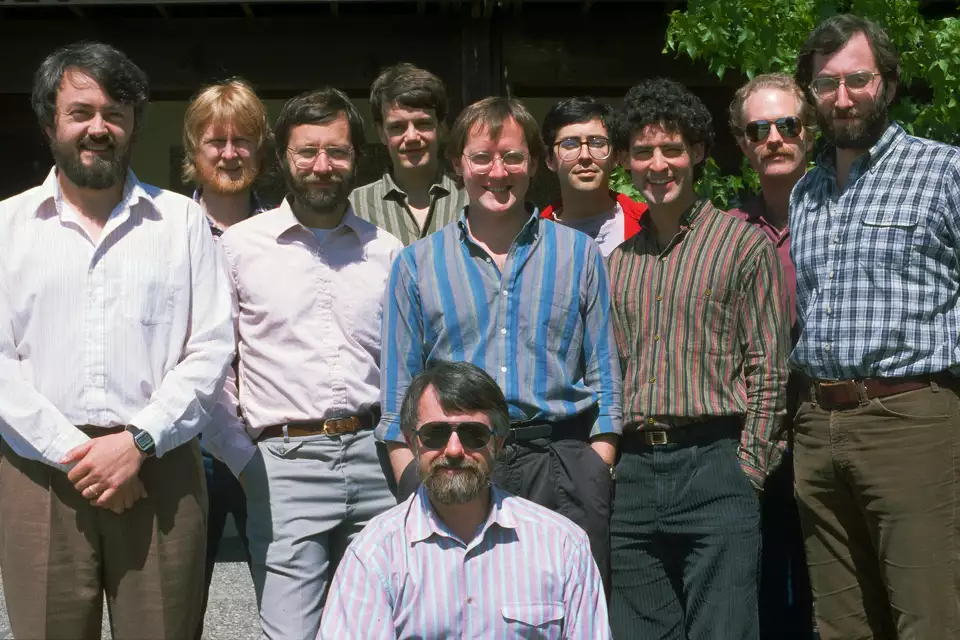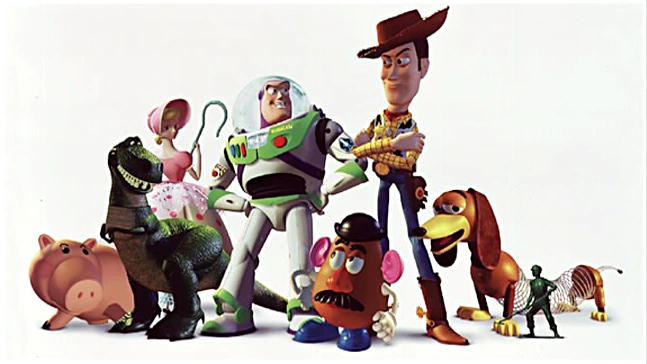PIXAR - The fantastic world of computer animation
Founded from a dream of uniting technology and art, Pixar has become synonymous with revolutionary animation. This is the story of how a group of visionaries transformed lines of code into unforgettable characters and digital worlds into genuine emotions.
Before Pixar
Lucasfilm is a renowned production company best known for the Star Wars and Indiana Jones franchises, which revolutionized visual effects in cinema.
In 1979, George Lucas recruited Ed Catmull to head the company's computer division, the Graphics Group, with the goal of developing cutting-edge computer graphics technology. Catmull then brought his NYIT team over to Lucasfilm.
Road to Point Reyes
The rendered image, with a resolution of 2,048x2,048 pixels, marked the first demonstration of film-quality CGI by Lucasfilm's Graphics Group. This breakthrough was made possible by groundbreaking algorithmic innovations in rendering software, developed by Cook, Carpenter, Porter, Reeves, Salesin, and Smith. Their work successfully simulated complex natural phenomena, including reflections on water puddles, vibrant green grass, and even a double rainbow.
Pixar Image Computer
That year marked a significant expansion of the team with the arrival of animator John Lasseter, who had recently left Disney due to his visionary advocacy for computer animation. This pivotal addition would prove instrumental in shaping the group's creative future.
The team released The Adventures of André & Wally B., the first CGI short film with expressive character animation, featuring innovations like motion blur and particle systems - with Lasseter contributing his unique animation expertise. Behind the scenes, they developed the first prototype of the Pixar Image Computer (PIC), while Robert Cook, Loren Carpenter, and others published a seminal paper on ray tracing. These breakthroughs in 1984 laid the groundwork for Pixar's future success, establishing both the technical and creative foundations that would revolutionize animation.
Luxo Jr.
In 1986, the former Lucasfilm Computer Graphics Group became independent when Steve Jobs acquired the division for $10 million, officially founding Pixar, Inc. This pivotal year saw two major breakthroughs: the release of the groundbreaking short film Luxo Jr. - the first CGI animation to use advanced shadow rendering and convey emotional storytelling through lifelike movement (later earning an Oscar nomination) - and Jobs' ambitious push to commercialize the Pixar Image Computer while supporting the team's revolutionary animation experiments.
Toy Story
In 1995, Pixar made history with the release of Toy Story, the first fully computer-animated feature film. Directed by John Lasseter and powered by RenderMan, the movie revolutionized animation with its vibrant 3D worlds, emotionally rich characters, and groundbreaking storytelling. It was an instant classic, earning critical acclaim, over $373 million worldwide, and three Oscar nominations, proving that CGI wasn’t just a gimmick - it was the future of filmmaking.
Since Toy Story, Pixar has pushed boundaries with technical innovations (like global illumination in Monsters, Inc. and photorealism in Finding Nemo) and narrative depth (exploring complex themes in Inside Out and Soul). The studio has won 23 Academy Awards and redefined animation forever.
With advancements in AI-assisted animation, real-time rendering, and immersive storytelling (like VR and interactive media), Pixar’s journey is far from over. If Toy Story was the beginning, imagine what’s still to come.
"To infinity… and beyond!"



